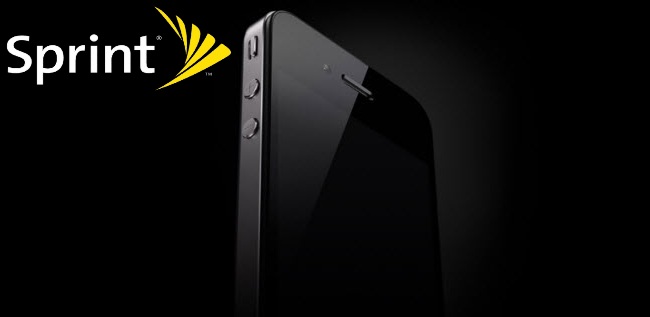
Sprint isn’t the dying carrier it once was. For the last year it’s been patching its wounds and actually added new subscribers in the third and (presumably) fourth quarters of 2010. But is it ready for the iPhone? According to Reuters, Sprint CEO Dan Hesse was asked about the chances of the iPhone coming to Sprint. Apple representatives have said that the iPhone agreement with Verizon is not exclusive. Since Verizon and Sprint both use CDMA technology, it’s reasonable to wonder if a deal is in the works. Hesse refused to comment, saying that Sprint does not speak about conversations it has with third parties.
Sprint wants the iPhone, that’s for sure. The company has used the iPhone and iPods in its promotional materials for a while now. When the company launched its 4G network, it aired a commercial showing the iPhone tethered to Sprint’s network over Wi-Fi with the message “make your iPhone 4G.” It has occasionally used other Apple products in its ads. For years, Sprint has been trying to energize its subscribers with a device like the iPhone. The Samsung Instinct was one of its first attempts. The HTC Evo is one of its most recent.
But would a move to Sprint be a smart move for Apple? The iPhone is now available on the two largest carriers: AT&T and Verizon Wireless. If the iPhone becomes available on all major carriers, it could diminish Apple’s brand or cause the company to lose its ability to force carriers to dance its way. Still, Sprint has somewhere around 50 million subscribers. T-Mobile–a GSM carrier like AT&T–has somewhere around 35 million (estimates) last we heard.
Editors' Recommendations
- Best refurbished iPhone deals: Get an iPhone 14 for $513
- Best iPhone deals: Save on iPhone 15, iPhone 15 Pro Max and more
- How to find your lost phone (tips for iPhone and Android)
- Why you should buy the iPhone 15 Pro instead of the iPhone 15 Pro Max
- iPhone SE 4: news, rumored price, release date, and more


